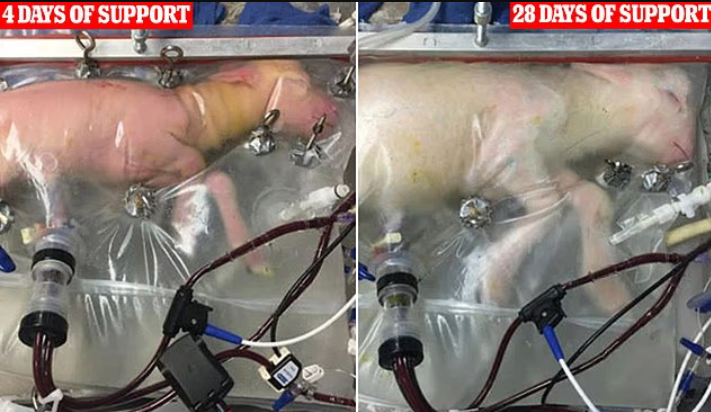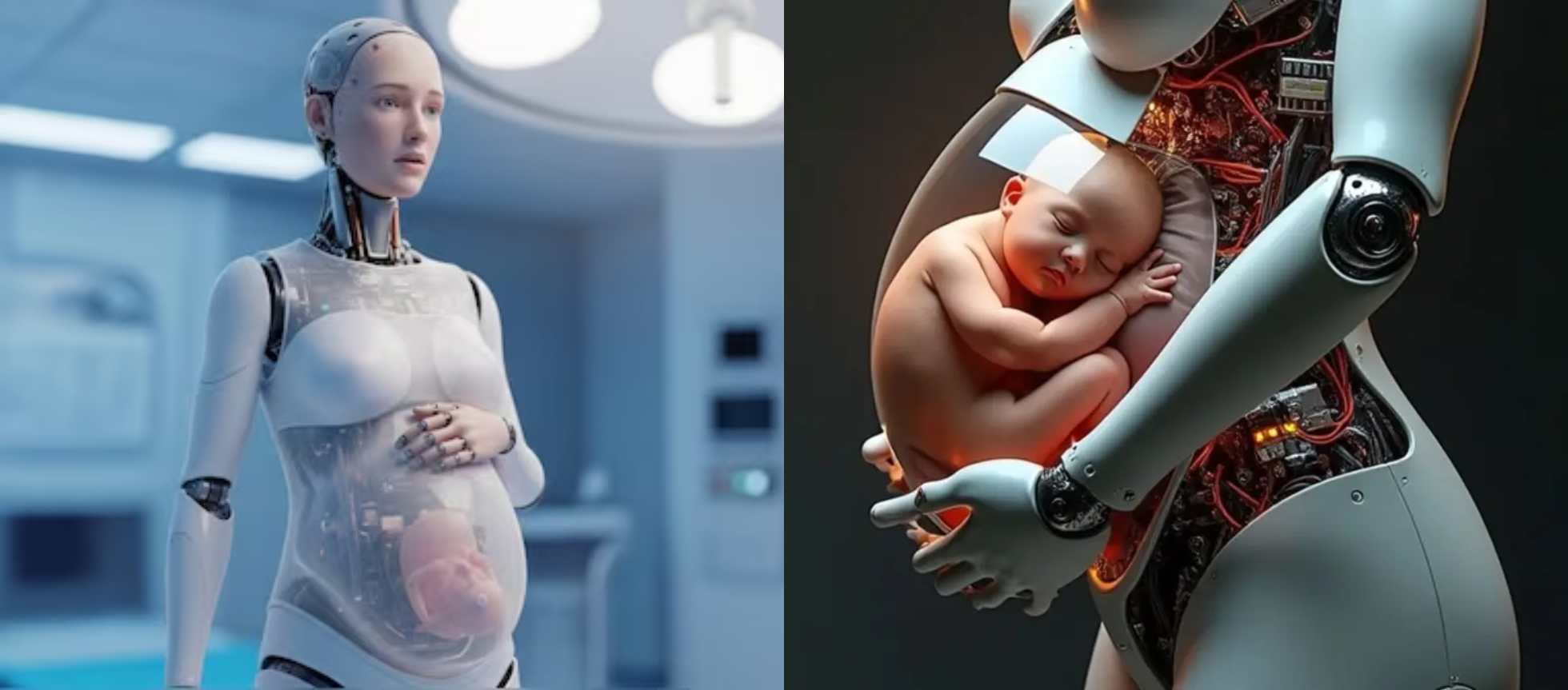A team of Chinese scientists is pushing the boundaries of reproductive technology with an ambitious project that sounds straight out of science fiction: humanoid robots designed to carry and deliver human babies.
Dr. Zhang Qifeng, founder of Kaiwa Technology in Guangzhou, is leading this initiative to create what many are calling “pregnancy robots.” These sophisticated machines would feature synthetic uteruses housed within their abdomens. It would be connected by specialized tubes that function similarly to umbilical cords, delivering essential nutrients to developing fetuses.
The concept promises to revolutionize how we think about pregnancy and childbirth. According to Zhang, these robots would be capable of carrying pregnancies for approximately 10 months before facilitating delivery. The company aims to unveil a working prototype as early as 2026, with an estimated price point of 100,000 yuan (roughly $14,000 USD).
This pricing structure represents a dramatic departure from current alternatives. Traditional surrogacy in the United States typically costs between $100,000 and $200,000, making Zhang’s innovation potentially accessible to a much broader range of prospective parents.
“We want to integrate a gestation chamber into a humanoid robot and build an artificial womb so it can carry a full-term pregnancy in the normal way,” Zhang explained to tech publication Kuai Ke Zhi. He emphasized that the artificial womb technology “is already in a mature stage” and requires only full integration into the robotic platform to support human fetal development.
The scientific foundation for this technology isn’t entirely unprecedented. Researchers at the Children’s Hospital of Philadelphia demonstrated similar principles in 2017 with their “biobag” experiment, successfully maintaining premature lambs in controlled fluid environments for extended periods.

Zhang and his team are taking proactive steps to address the inevitable ethical and legal questions surrounding their innovation. They’ve been conducting forums with local authorities in Guangdong Province and submitting policy proposals to regulatory bodies, recognizing that such revolutionary technology requires careful consideration of its societal implications.
Public reaction has been notably divided. Critics express concerns reminiscent of dystopian science fiction scenarios. As one social media user commented, “I’ve seen enough sci-fi to know exactly how this ends. Not great for humanity.”
However, supporters argue that the technology could provide hope for couples facing reproductive challenges. “This isn’t for people who can and want to have pregnancy. It’s an optional choice,” one defender noted, highlighting the benefits for those struggling with IVF or surrogacy complications.
While the pregnancy robot remains in development, its potential launch in 2026 could ignite one of the most significant debates in reproductive technology history.


